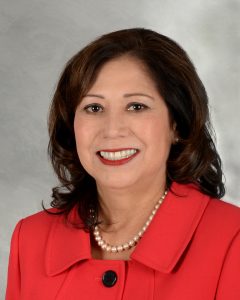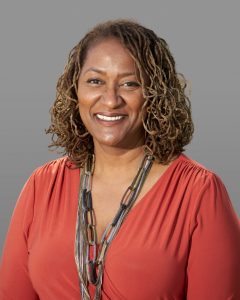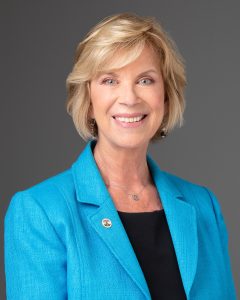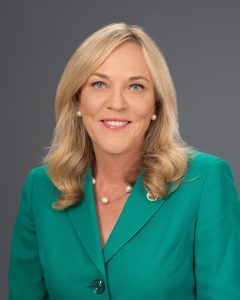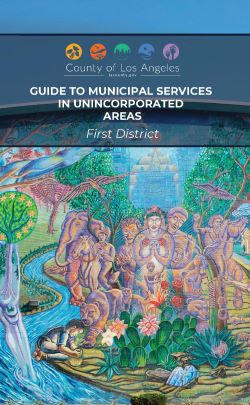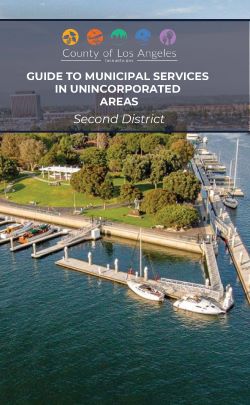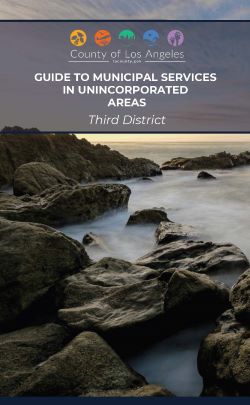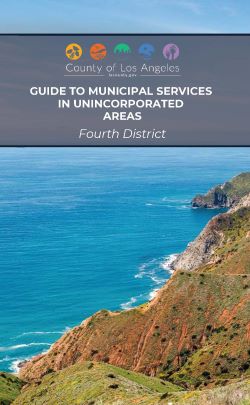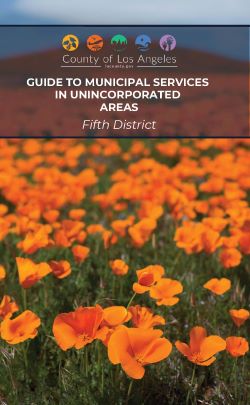LA County Statement on East Los Angeles Incorporation Report
LA County analyzed the fiscal viability of East Los Angeles incorporating as a city, as directed in a motion by Supervisors Hilda L. Solis and Kathryn Barger. Read the report here.
For wildfire recovery resources and information, please visit recovery.lacounty.gov
LA County Unincorporated Areas: Services and Representation
If the population of Los Angeles County’s unincorporated areas was combined into a standalone city, it would have more residents than Long Beach, Santa Clarita and Glendale—combined. With a total population of approximately 1 million residents, the County’s more than 120 unincorporated areas range in size from tiny hamlets such as Lake Hughes to more populous centers such as East Los Angeles, Florence-Firestone and Hacienda Heights.
These vibrant and diverse communities play a major role in the social, economic and cultural life of our region. One out of every 10 LA County residents lives in an unincorporated community. These communities also cover a huge swath of Los Angeles County’s geography—2,600 square miles, or about two-thirds of our total land area.
Find the unincorporated LA County services in your community.
Who is my County representative?
Political representation for residents in the unincorporated areas is provided by the Los Angeles County Board of Supervisors. The Board is responsible for establishing policies and regulations that benefit all unincorporated area residents, while County departments provide the frontline services that residents depend on, day in and day out.
Guides to Municipal and Unincorporated Area Services
These guides, customized for each Supervisorial District, are intended to help residents and businesses find and take advantage of the LA County services they need. They highlight frequently requested services along with other useful resources.

Unincorporated Guide to Services
Los Angeles County is the most populous county in the nation with over 1 million people residing within unincorporated areas. To inform the public of available services, the Board of Supervisors ordered the preparation of this Guide to Unincorporated Area Services. This digital guide will be regularly updated as additional information becomes available.
Download GuideFrequently Asked Questions
Contact cannabis@lacounty.gov to Report Illegal Cannabis Businesses.
EIFDs were established by the California Legislature in 2014 after the dissolution of redevelopment agencies in 2012. An EIFD is a type of special district that is governed by a Public Finance Authority and is typically a partnership between a city and county. The EIFD uses tax increment financing to fund infrastructure projects of community-wide significance. EIFDs impose no new taxes, nor does it result in any new taxes or fees to property owners. The EIFD adoption process includes three public hearings that provide opportunity for community input.
The goal of EIFDs is to fund infrastructure projects that will incentivize new private development in the project area. The new development will generate more property taxes in the future which will allow the EIFD to pay for itself. The County Board Policy on EIFDs, established in 2017, requires a financial analysis to ensure the proposed EIFD will produce long-term benefits to the County. The Policy also requires a 20% set-aside for affordable housing units. In addition to La Verne, the County approved EIFDs in the Cities of Palmdale and Carson, and unincorporated West Carson. The Board Policy on EIFD’s can be found here.
Annexation is the inclusion or addition of territory to a city/special district. A city or parcel owner extends its geographic boundary(ies) by annexing contiguous unincorporated territory. The MUAS unit coordinates the County’s role in the annexation process, such as the tax transfer process and the transfer of municipal services. Such annexations, reorganization, district formations are initiated by the Los Angeles Local Agency Formation Commission (LAFCO). The County’s Annexation and Sphere of Influence Board Policy can be found here.


